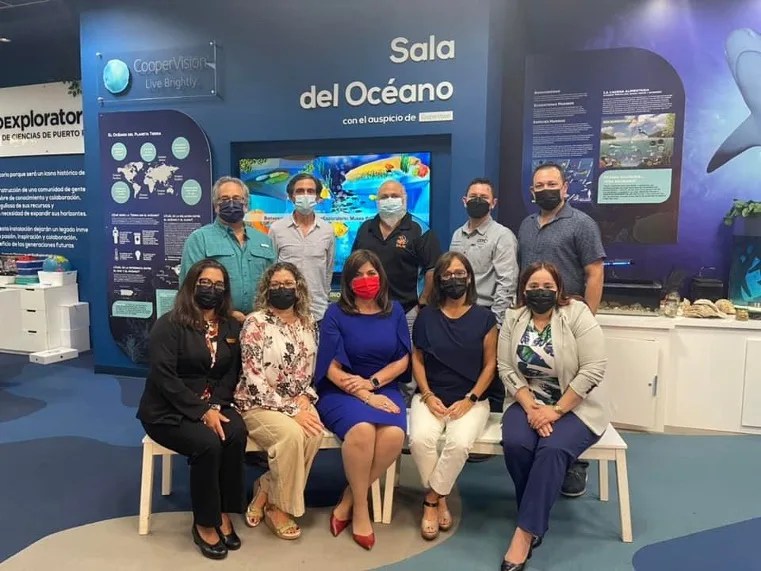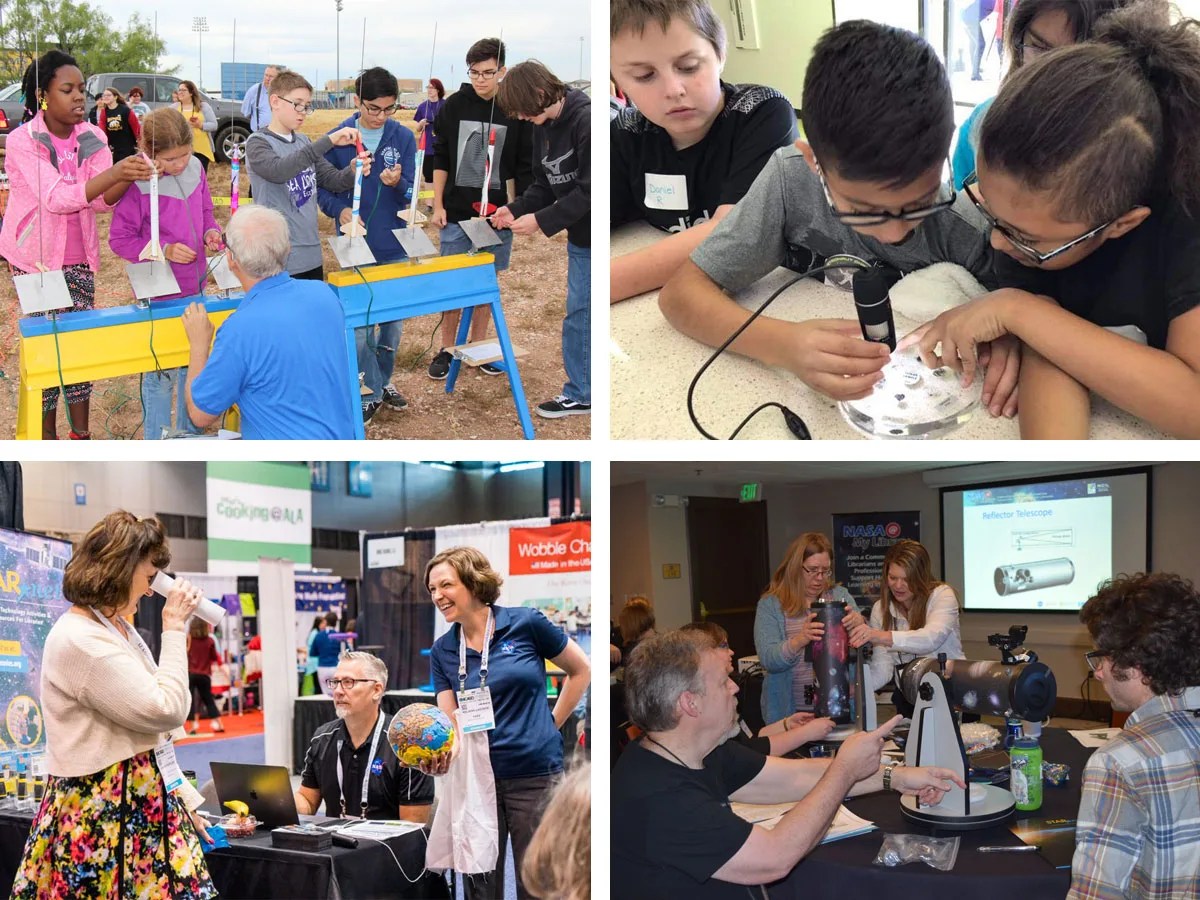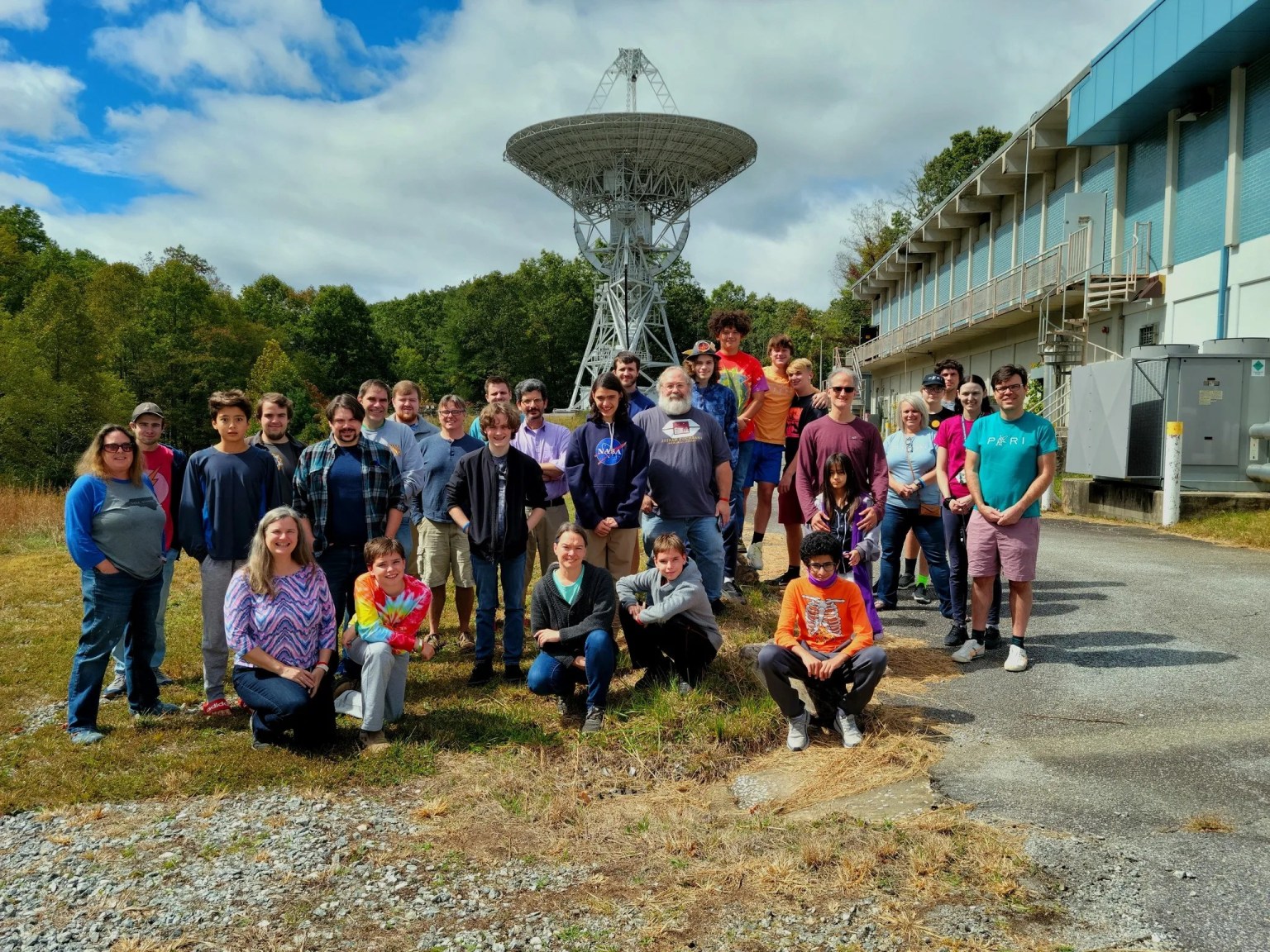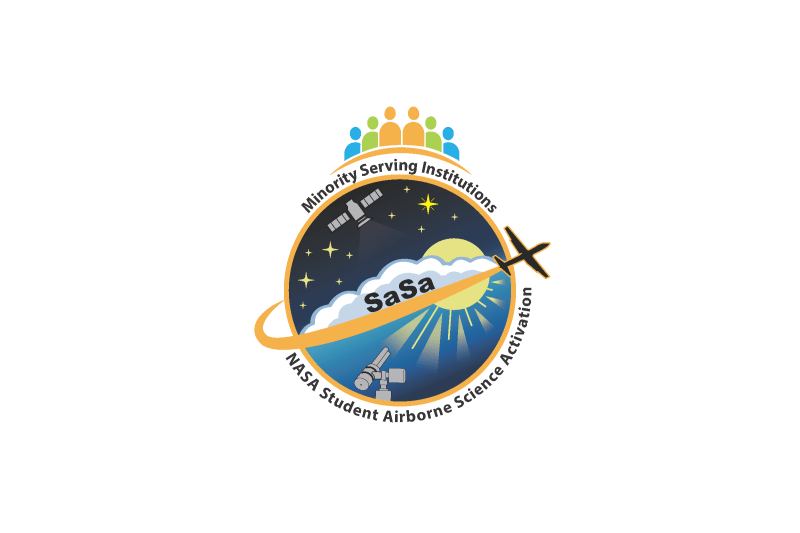OCEANOS
Engaging Hispanic/Latino students in ocean science using NASA Earth observations.
Project Description
The importance of the ocean is undeniable, not only for humans but for life on Earth. Coastal and ocean ecosystems in Latin America have degraded over the last century. This is related to several global (climate change) and regional/local (land-based sources or pollution, indiscriminate recreational use) factors. At the local level, there is a general lack of awareness on how human actions ultimately impact the ocean and the overall survival of the communities associated with these. The project aims at increasing STEM opportunities among the fastest growing ethnic group in the US (Hispanic/Latinos) using as a spearhead the low-income Puerto Rican student population within the Island.
The OCEANOS project centers on the hypothesis of: NASA Observations and science coupled with low-cost in-water instrumentation can significantly increase STEM education and enthusiasm among low-income 1st generation Hispanic/Latino students, particularly in regard to oceanographic and coastal issues. Our goal is to use combined NASA ocean color data and in situ oceanographic parameters to improve the capacity and awareness among low-income students on how these two can be used to monitor water quality affecting coastal shallow-water marine ecosystems in Caribbean waters.
We are partnering with local NGOs and academic institutions in Puerto Rico dedicated to capacitating low-income students on STEM careers. We are particularly interested in engaging with high schoolers and first-generation university students who would otherwise not have this opportunity. Trainings will consist of basic remote sensing image analysis techniques for ocean color and water quality assessment, coupled with the design of do-it-yourself (DIY) instrumentation for collection of in situ water quality parameters, and general benthic characterization of tropical shallow-water ecosystems with NASA’s award-winning NeMO-Net application. Students will be recruited during the Spring semester. Nine-weeks classroom and field trainings will be conducted during the Summer ending with an open activity where students will be able to share their learning experiences with academics, government representatives and people from their communities. As part of the training hands-on experience, students will have the opportunity to participate in a water quality oceanographic cruise to test their DIY designs along a pre-determined bio-optical transect through Case 1 [oligotrophic] and Case 2 [eutrophic] waters during a Landsat 8 overpass in southwest PR. This study will also leverage several ongoing internship pilots in Puerto Rico. Each year several participants will be selected to participate in the Society for the Advancement of Chicanos/Hispanics and Native Americans in Science (SACNAS) conference.
Project Objectives
The two main objectives of this project are: 1) To train low-income Hispanic/Latino (Puerto Rican) High School and undergraduate students on ocean color data acquisition and analysis of remotely sensed freely available imagery; and 2) To improve scientific literacy among Hispanic/Latino students, particularly on the combined used of in situ and remotely sensed data for ocean studies. This project will impact a minimum of 100 Spanish-speaking students and, through a web portal, will disseminate information (bilingual) on the use of NASA data for coastal and ocean studies and make it available to any bilingual (English and Spanish) high school and university student.





























